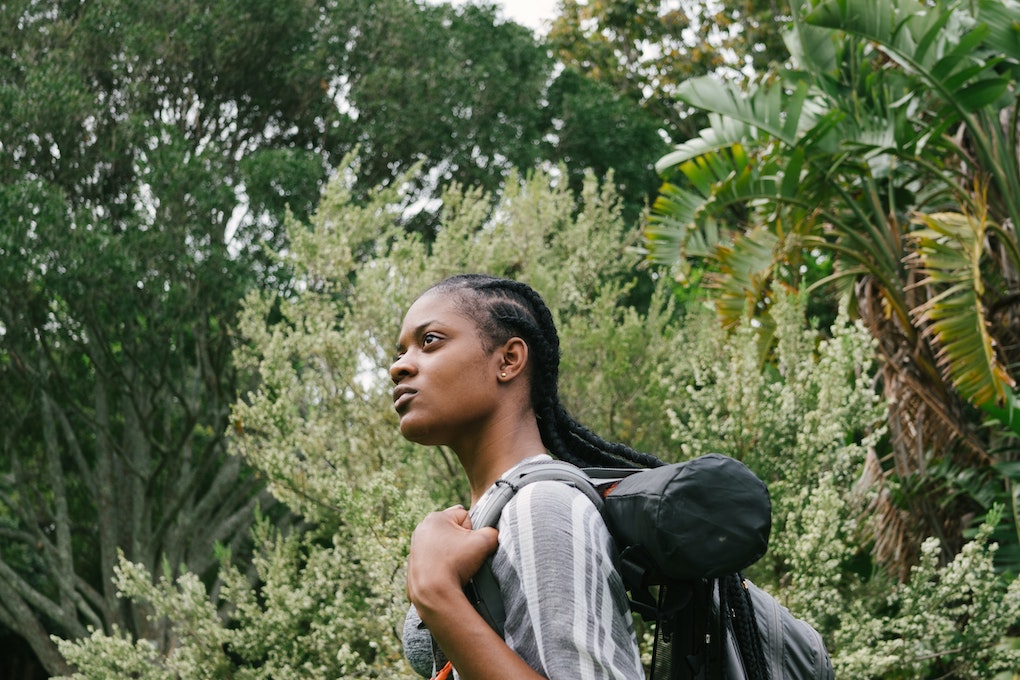Braids, which have origins in Africa, are common all over the world but in Colombia, the hairstyle has a deep meaning. Cornrows in Colombia have a history of rebellion and redemption as they were used to help enslaved people in Colombia escape.
When millions of Africans were forcefully taken from the continent for free labor in the Americas, many enslavers reportedly forced them to shave their heads for “sanitary” reasons. However, the real intentions was to strip them of their African cultural identity and heritage.
But, not all would shave their heads and that’s how braids become popular among those enslaved.
Eventually, the braids proved to be efficient and life-saving as they served as an elaborate roadmap for enslaved people to escape plantations. Cornrows became the easiest method for escaping, all while keeping it a secret from their captors. The hairstyle became a tool of rebellion for other slaves across South America.
According to Alex Rocha, founder of the only Black-owned tourism agency in Cartagena, The Real Cartagena Travel Agency, Benkos Bioho— a king captured by the Portuguese from Africa— managed to escape and build a new village and community. He built San Basilio de Palenque, a village on the hills just outside Cartagena, Colombia around the 17th century with its own language and army.
Benkos Benkos came up with the idea that women had to create maps and deliver messages through their cornrows. Slaves were not allowed to be literate, so they had to pass information and relay messages through the hair style.
For example, to signal that they wanted to escape, women would braid a hairstyle called departes.
“It had thick, tight braids, braided closely to the scalp and was tied into buns on the top,” Ziomara Asprilla Garcia, an Afro Colombian woman told The Washington Post. “Another style had curved braids, tightly braided on their heads. The curved braids would represent the roads they would [use to] escape. In the braids, they also kept gold and hid seeds which, in the long run, helped them survive after they escaped.”
Garcia added that those enslaved did not speak the messages because, at that time, a lot of the owners understood the language. The messages in the women’s braids were the best way not to give any suspicion to the owner.
The city of San Basilio de Palenque still exists and is known as the first free African town in the Americas. it was declared a Masterpiece of the Oral and Intangible Heritage of Humanity by UNESCO in 2005.





